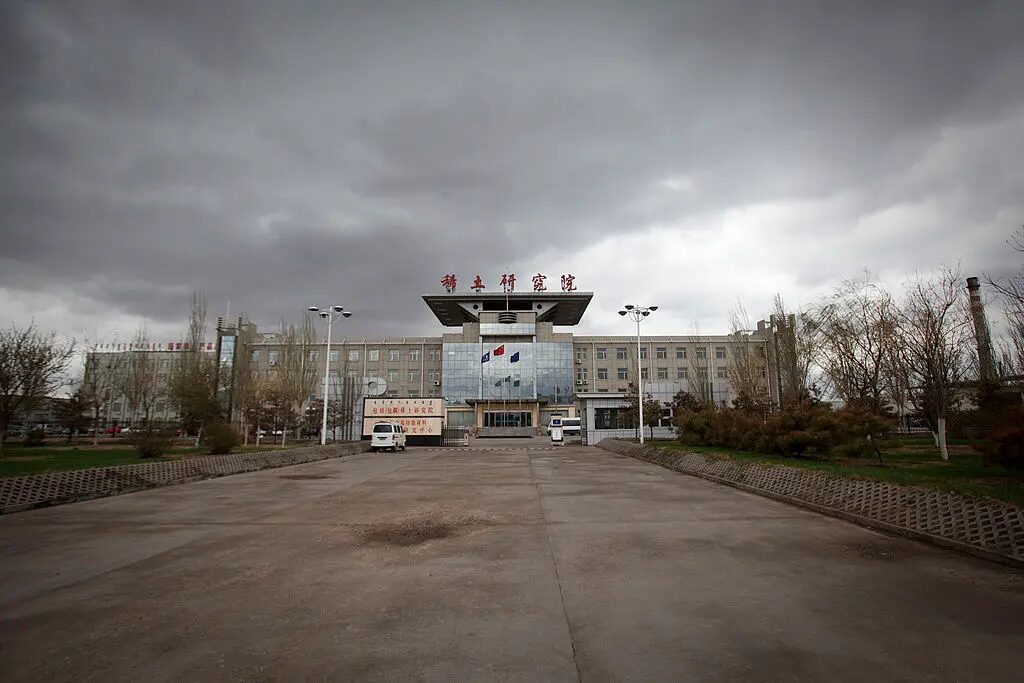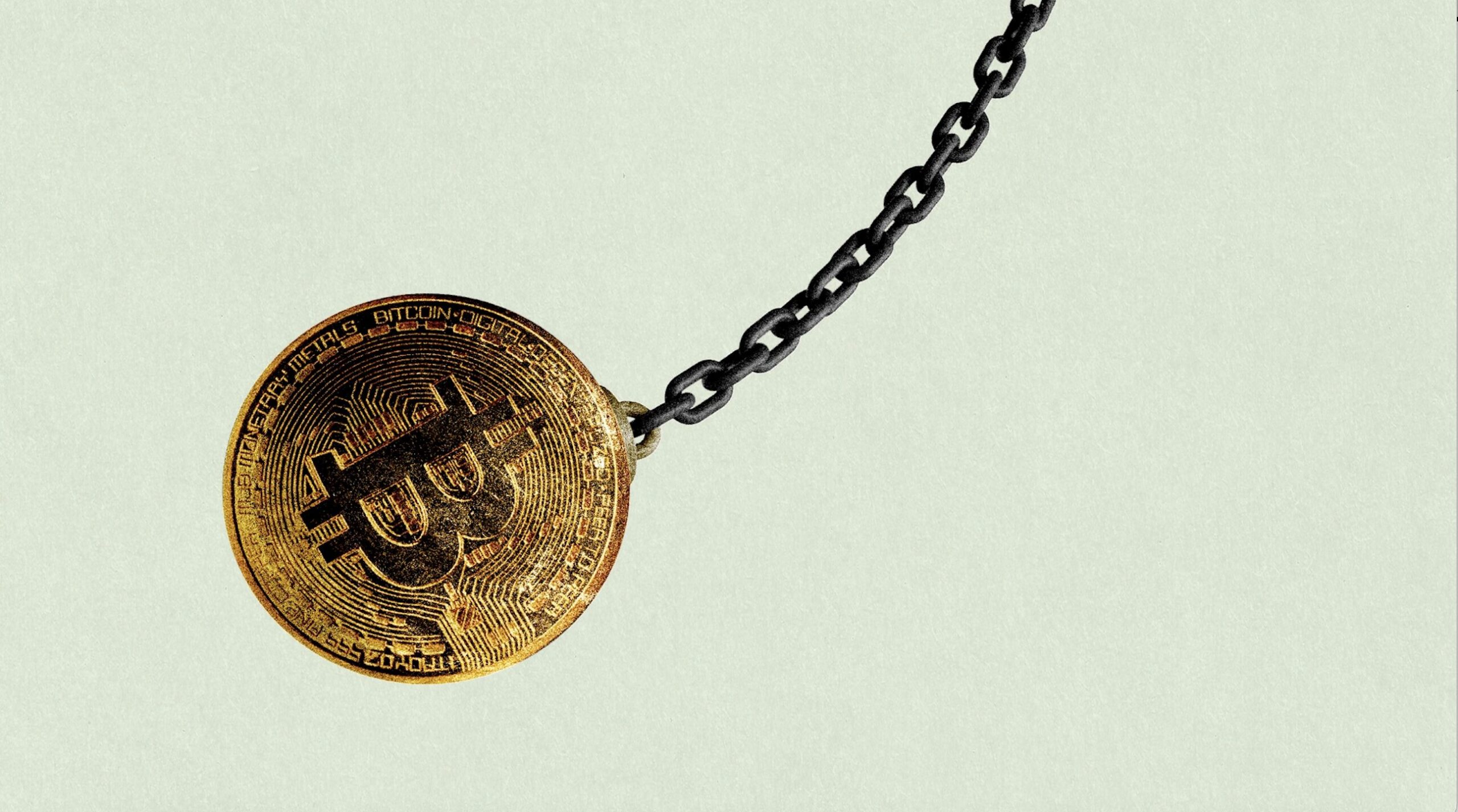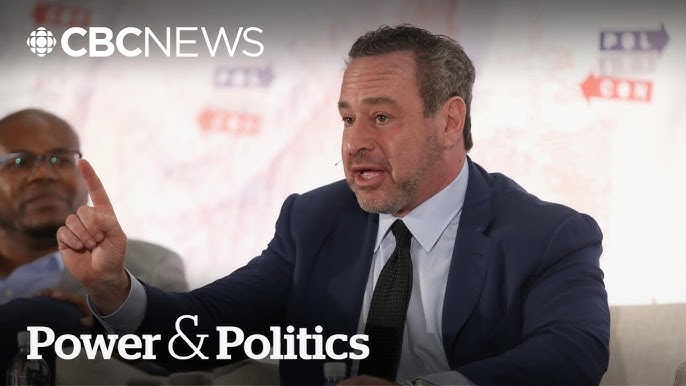At noon on January 6, 2021, then-President Donald Trump spoke to supporters at a rally near the White House. Journalists often quote his incendiary language from the speech: “Fight like hell”; “We will not take it anymore.” But Trump also laid out a precise plan of action for the crowd:
If Mike Pence does the right thing, we win the election. All he has to do, all this is, this is from the No. 1, or certainly one of the top, constitutional lawyers in our country. He has the absolute right to do it …
States want to revote. The states got defrauded. They were given false information. They voted on it. Now they want to recertify. They want it back. All Vice President [Mike] Pence has to do is send it back to the states to recertify and we become president and you are the happiest people.
Trump told the crowd how they could force Pence to act on Trump’s plan.
After this, we’re going to walk down—and I’ll be there with you—we’re going to walk down, we’re going to walk down.
Anyone you want, but I think right here, we’re going to walk down to the Capitol, and we’re going to cheer on our brave senators and congressmen and -women, and we’re probably not going to be cheering so much for some of them.
Because you’ll never take back our country with weakness. You have to show strength and you have to be strong. We have come to demand that Congress do the right thing and only count the electors who have been lawfully slated, lawfully slated.
Trump promised the crowd that if they did as he urged—if they marched on Congress, if they showed strength—they could force a change of the election result.
About 45 minutes before Trump delivered this speech, he made his last call for nearly eight hours on the White House phone system. From 11:17 a.m. until almost 7 p.m., Trump made all of his phone calls on a nongovernment phone.
We know the president spoke by phone during that gap. As the crowd came crashing toward the office of the Republican House leader Kevin McCarthy, McCarthy called the president to demand he stop the violence. Trump instead excused it. “Well, Kevin, I guess these people are more upset about the election than you are.” Witnesses reported seeing the president on the phone many other times during the day.
As president, Trump often avoided using official lines. He used multiple phones of his own. He borrowed phones from other people.
Trump did not grab phones at random. He thought tactically about which phone to use. When the Stormy Daniels story broke, in 2018, Trump tried to place a call to Melania Trump on one of his own phones. She recognized the number and refused to answer the call. So Trump borrowed a phone from a Secret Service agent whose number would not be recognized. The first lady picked up.
Trump’s phone choices were powerfully intentional. What was he intending on January 6? The answer is obvious: concealment. But concealment of what?
Trump’s actions that day were not secret. They all happened in full public view. He incited a crowd to attack Congress in order to overturn by violence his election defeat. He refused to act to protect Congress and the Constitution when the attack began, and for a long time afterward. When he finally did act, he did so ineffectively: a tweet at 2:38 p.m. faintly suggesting that the crowd be more peaceful, another at 3:13 saying so more emphatically, and after all that, a tweet at 7:24 again condemning Pence for not indulging the fantasy that his vice president could overturn the election for him.
Trump did not order the National Guard to the Capitol until past 3:30. He did not release a video statement against the violence until past 4 p.m.
Trump encouraged the violence and welcomed it in real time. The whole world saw that.
But the world does not know everything about January 6—not yet, anyway—and Trump’s phone behavior may suggest the answer to the most important remaining questions:
- Did Trump in any way authorize the attack in advance?
- Did Trump in any way communicate or coordinate with the attackers as the attack unfolded?
Trump’s phone choices sought to conceal the answers to those questions. Why? One of the pivotal moments during the Watergate scandal of 1972 was the revelation that President Richard Nixon’s secretary had erased 18 and a half crucial minutes of a tape recorded three days after the break-in. The erasure suggested consciousness of guilt by the president, and helped end his presidency.
Trump’s 7.5-hour gap likewise suggests consciousness of something. And it sure smells like guilt.







